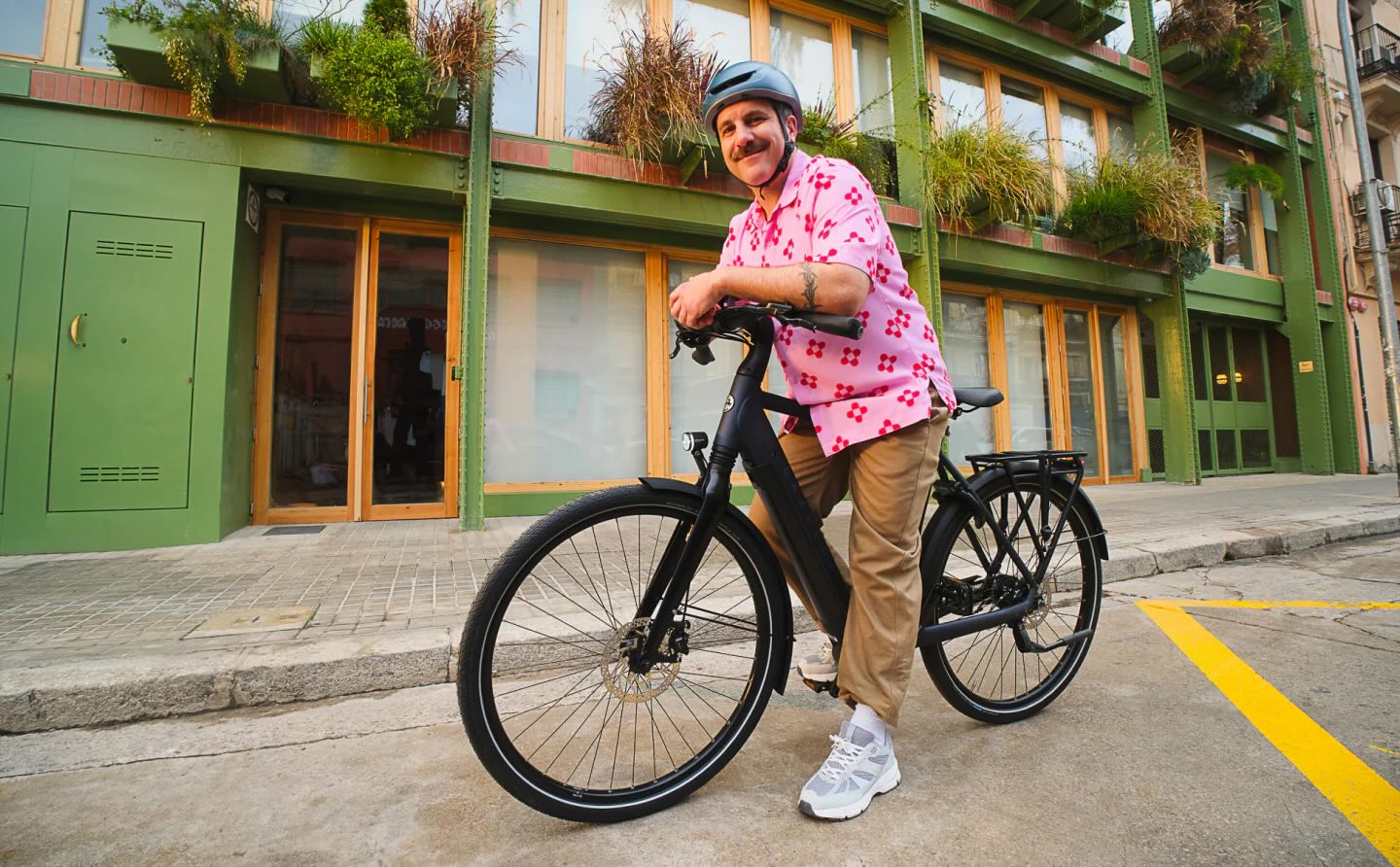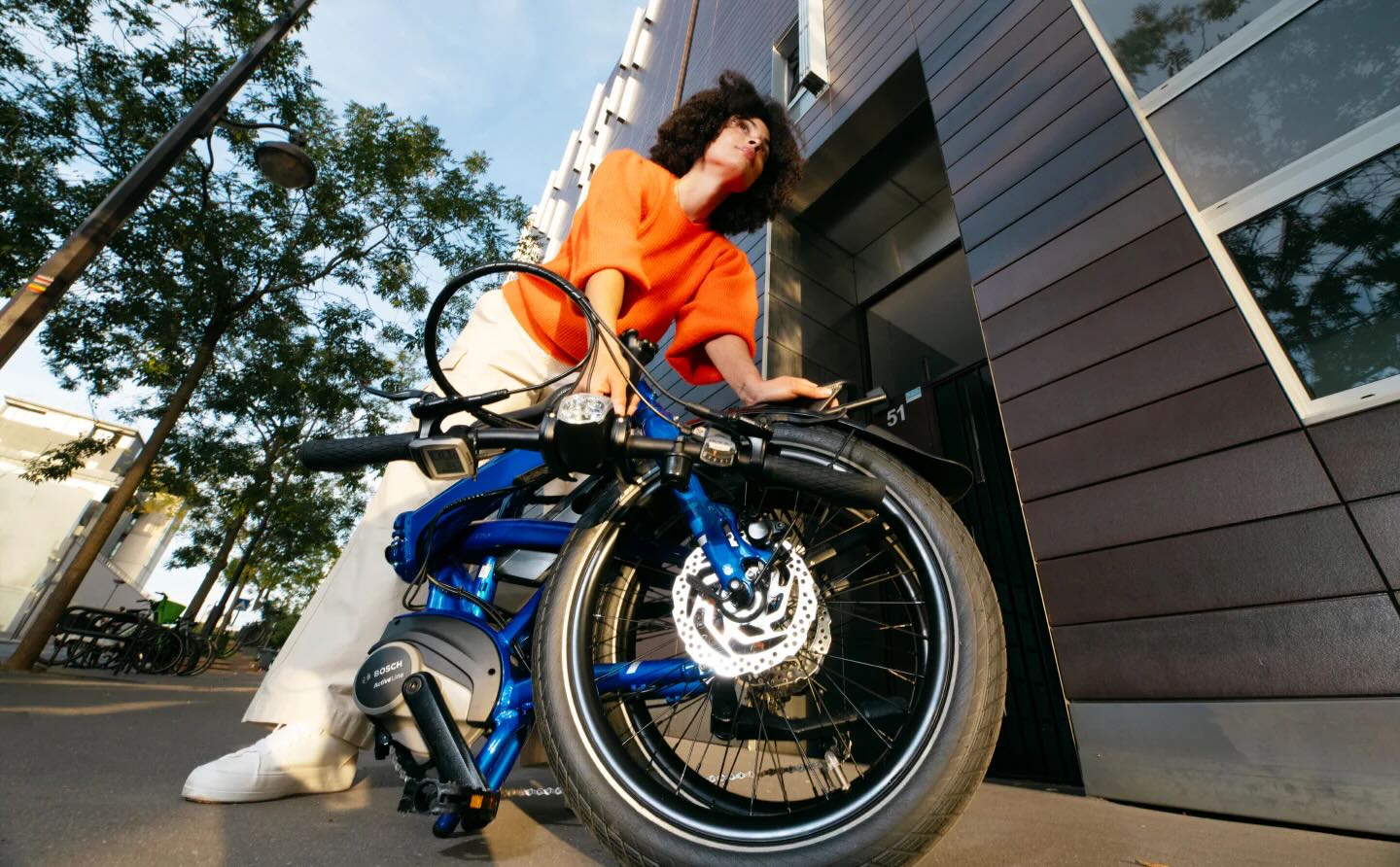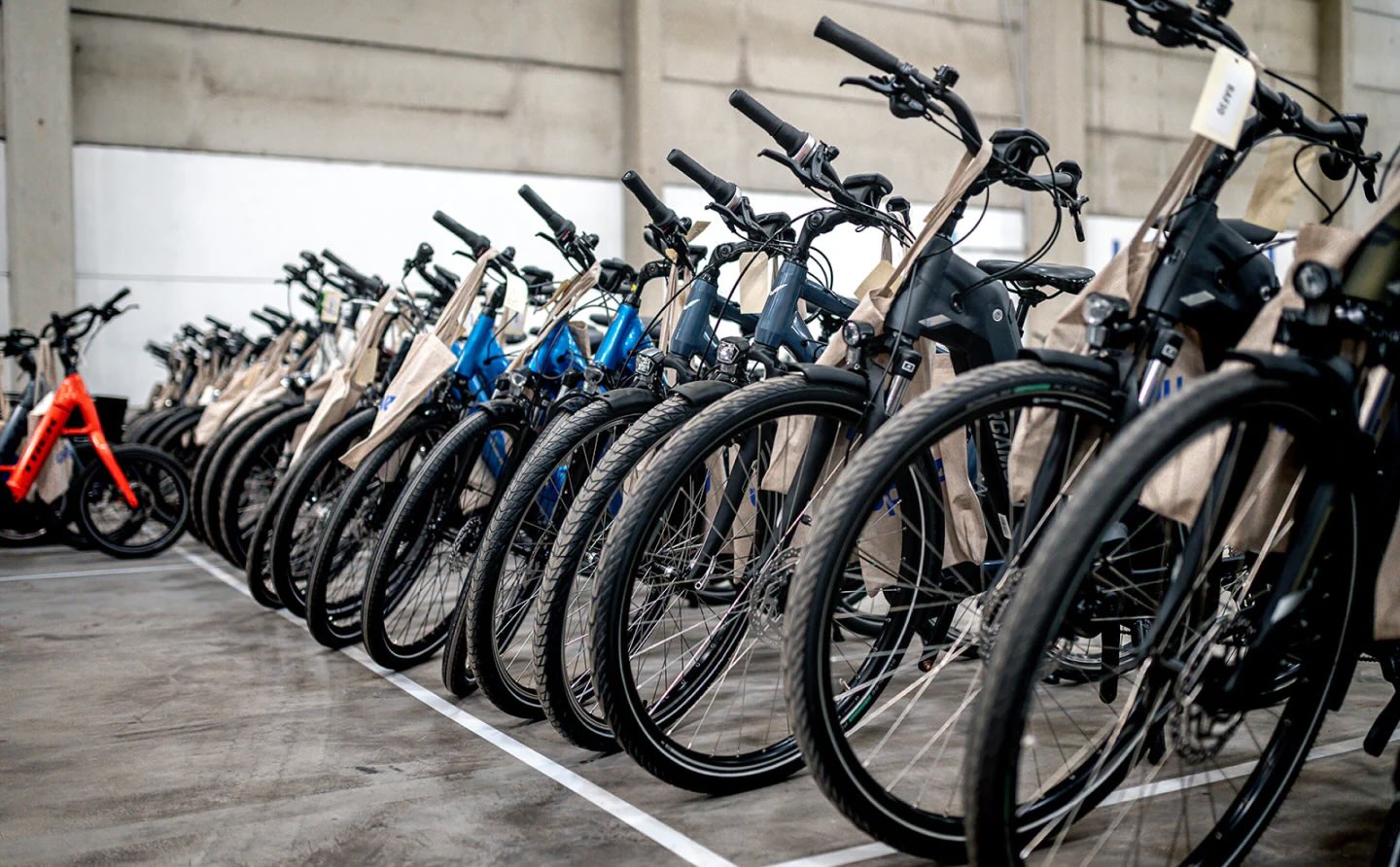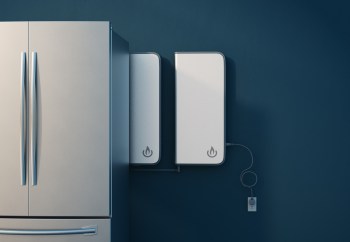Sendero Verde, Spanish for "green path," is a state-of-the-art development in New York City that's an answer to two big problems: the need for affordable housing, and our planet's overheating.
The 709-unit complex was made with passive building principles. Those are strict guidelines outlined by organizations like Phius that ensure construction efficiently uses airflow, insulation, and even sunlight to conserve and better use energy.
The concept is taking off around the country, particularly in Boston. Officials there are updating one of the nation's oldest federal public housing developments with passive upgrades.
The Guardian reports that Sendero is the largest certified passive-house building in the United States, using half the energy of traditional structures. The mixed-income project's second phase includes 348 apartments made for people who earn between $19,646 and $192,610, according to the development's website.
Sendero is also home to low-income and even formerly homeless folks. The latter group is a growing concern in NYC. City officials provide shelter or other services to about 120,000 people each night. As a result, there were 30- and 60-day limits on shelter stays, all according to the comptroller's office.
"We were living with no air conditioner for a long time," Sendero resident Phoebe Saldana, a transplant from a shelter, told the Guardian. She moved in with her two daughters. "It's amazing. I, like, never turn it off," she added.
Watch now: Take a peek inside Alex Honnold's new solar-powered van
Sendero offers modern-looking living spaces with basic amenities, including AC during summers — with temperatures that regularly break heat records around the country.
"When you develop something [with] passive house [principles], the benefits to the tenants are great," Sadie McKeown, president of the Community Preservation Corporation, told the newspaper. "The buildings just stand up better to extreme weather conditions, whether that's wind, rain, heat, or excess cold."
There are two mid-rise buildings and a 34-story tower completed at Sendero. They are all-electric, save for gas water heaters, per the Guardian.
The Guardian report notes that passive construction costs can be up to 8% more than traditional methods — but valuable government tax programs are available for these types of projects.
TCD Picks » Upway Spotlight

New York leaders plan to add to the 1,860 passive-certified homes in the state. As a result, NYC and statewide officials are investing $15 million to expedite the effort, with the goal of quickly adding 3,000 more efficient buildings in the city, according to the Guardian.
These concepts can be put to work anywhere, with help from some of the same federal incentives the officials in New York are using. Free online tools such as EnergySage can help you tap the right tax breaks for upgrades needed at your dwelling. Thousands of dollars are on hand for solar panel installations and for key weatherization work. You can even land hundreds of dollars to put in qualifying windows and doors.
Importantly, these upgrades contribute to limiting the production of heat-trapping air pollution. In NYC, dirty air — particularly ozone and particle pollution — plagues residents. It causes thousands of deaths and hospital visits each year. Asthma, heart issues, and other ailments are all on the list noted by the NYC government.
Sendero developer Jonathan Rose, president of Jonathan Rose Companies, told the Guardian that the project answers both the housing and pollution problems.
"Yes, it costs more, but it saves lives," Rose said in the story.
Join our free newsletter for weekly updates on the latest innovations improving our lives and shaping our future, and don't miss this cool list of easy ways to help yourself while helping the planet.














